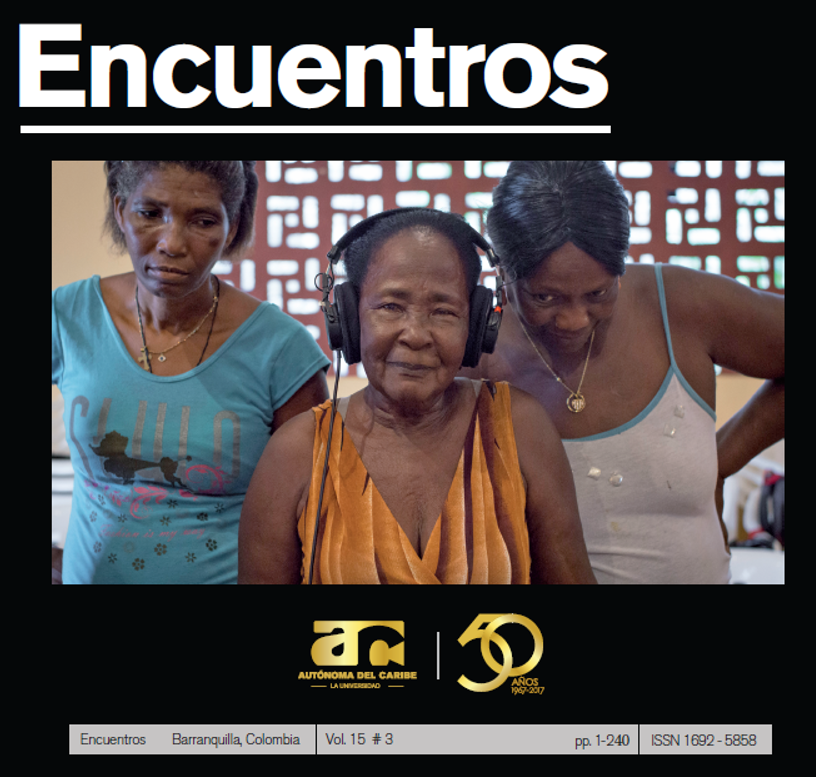La música para trío de cuerdas andinas colombianas (1954 – 2013)
DOI:
https://doi.org/10.15665/re.v15i3.1133Keywords:
Trío de cuerdas andinas colombianas, música andina colombiana, bandola, tiple, guitarra.Abstract
En el presente texto se muestra un panorama general de cómo ha sido el desarrollo de la música para trío de cuerdas andinas colombianas, a partir de los lenguajes compositivos que han trabajado para este formato algunos de los compositores y arreglistas más reconocidos e influyentes del medio. De este modo, se hace referencia a algunos músicos, tríos y obras que han resultado significativos para la bandola, el tiple y la guitarra, y se presenta una breve aproximación histórica a la constitución del trío de cuerdas andinas colombianas, partiendo de la figura de Pedro Morales Pino como uno de los primeros y más importantes generadores de un movimiento con visión académica para estas músicas, hasta llegar a compositores y agrupaciones más recientes. Aunque se hace alusión a personajes como el citado Morales Pino, o a tríos como el de los Hermanos Hernández, el marco temporal escogido para el presente trabajo corresponde al período comprendido entre 1954 (en que aparece el Trío Morales Pino) y 2013.Downloads
Published
2017-04-03
How to Cite
Rendón Tangarife, G. A. (2017). La música para trío de cuerdas andinas colombianas (1954 – 2013). Encuentros, 15(3). https://doi.org/10.15665/re.v15i3.1133
Issue
Section
Paper
License
Proposed Policy for Open Access Journals
Authors who publish in this journal agree to the following terms:
- Authors retain copyright and grant the journal the right of first publication, with the work registered under a Creative Commons Attribution License, which allows others to use the published work as long as the authorship and first publication in this journal are acknowledged.
- Authors can enter into additional contractual agreements for the non-exclusive distribution of the published version of the article (e.g., include it in an institutional repository or publish it in a book) as long as the first publication in this journal is acknowledged.
- Authors are allowed and encouraged to post their work online (e.g., on institutional or personal websites) before and during the submission process, as this can lead to productive exchanges and a greater and faster dissemination of the published work (see The Effect of Open Access).


